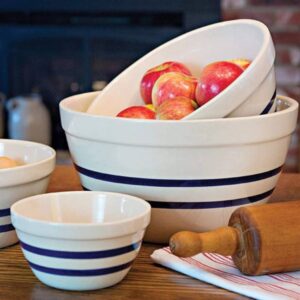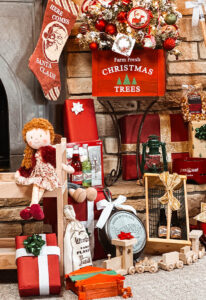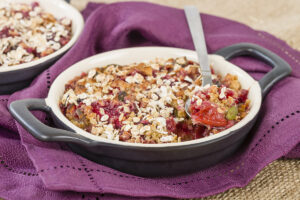
Just one more article on sap collection and syrup making–from Hannah Breckbill, our Minnesota off-grid farmer. She’s got access to black walnut trees, and she tells us about tapping them last week. –Editor
As a farmer, making a living from the land, I experience the end of winter as a very antsy time. I’ve been sedentary all winter, living off of my harvest from the previous season. I’ve been keeping my livestock fed, and I may have started planting seedlings in the greenhouse, but really all my mind is on is getting into the field and getting moving, always looking toward that first harvest of spinach and radishes and herbs.
But, there is something that I can do now that isn’t just biding my time for the real deal. This late winter/early spring time is the time of sap flow in deciduous trees, as they wake up from winter and start thinking about making buds and leaves again. Freezing nights alternating with sunny, thawing days are the ideal time to capture flowing sap, amid the mud and slush and anticipation of abundant life.
I used Lehman’s maple tapping kit to go after my black walnut trees.* See, I don’t have sugar maples on my property, and a quick look online tells me that more than just sugar maples can be tapped. Birch sap beer is well-loved in northern Europe; all kinds of maples (not just sugar) have edible, syrup-able sap; so do walnuts and the black walnut trees I have in abundance at my house.
The reason sugar maples are so prized for syruping purposes is that the sugar content in their sap is much higher than that of other trees. I’ll probably have to boil my black walnut sap for twice as long to get an equivalent syrup. But that won’t deter me!
The kit consists of a drill bit, three taps, and buckets and lids to fit around those taps, as well as cheesecloth for filtering the sap and a brush to clean the taps at the end of the season.

There’s also a helpful manual that I paged through before heading outside. I strapped on my snowshoes and trundled out to the trees, and made my first hole. As I drilled in, the sap started oozing—dare I say gushing—out of the tree! I was shocked and quickly fit the tap in and got a bucket under it to capture the precious fluid. So it works! It’s real!
I’ve been collecting for a few days, and it’s interesting to see how sap flow goes—freezing at night, flowing much more on sunny days. I’ve tasted the sap and it’s nicely sweet. I can’t wait to get boiling (or maybe beverage-making!) and end up with a delicious product that I made at this antsy time of year.
*Editor’s note: Hannah used our 3-Tree Sap Collection Kit, which is currently out of stock. It’s a seasonal item. Get yours well before the “sugar rush” next year–order it right after Christmas!





























